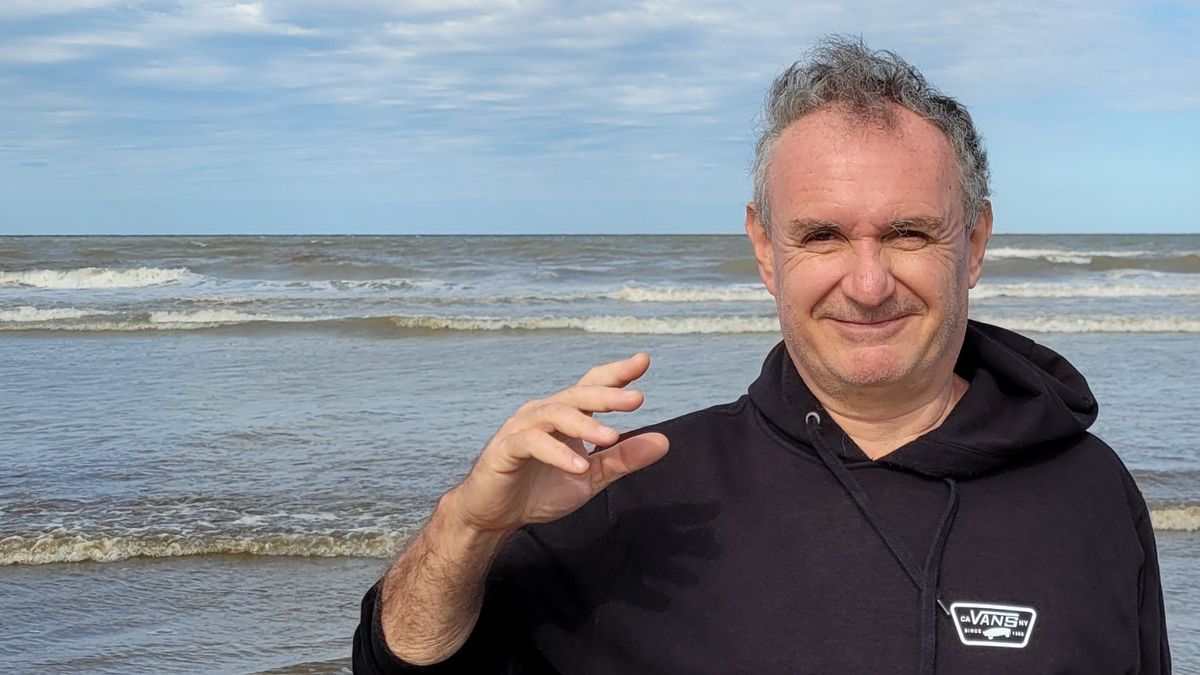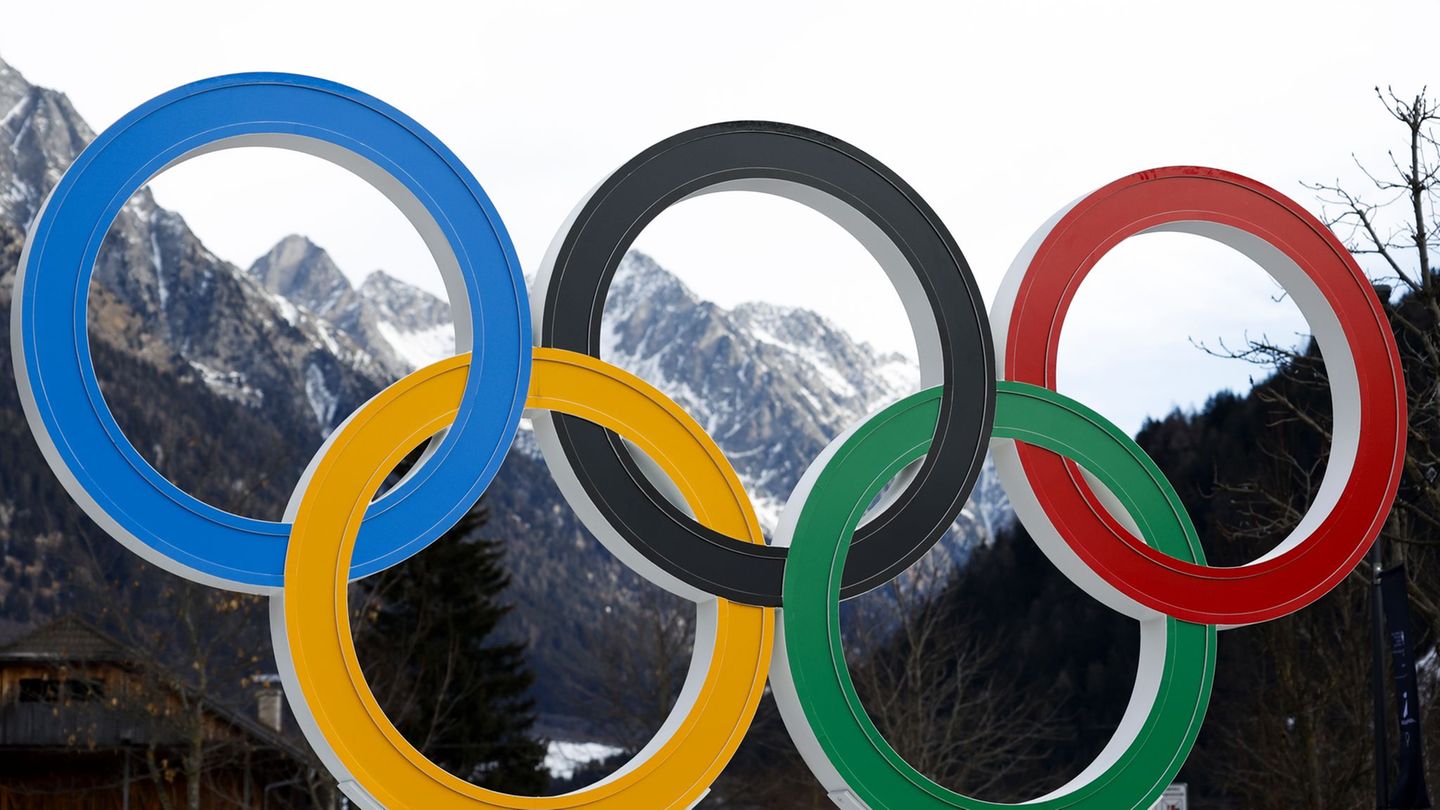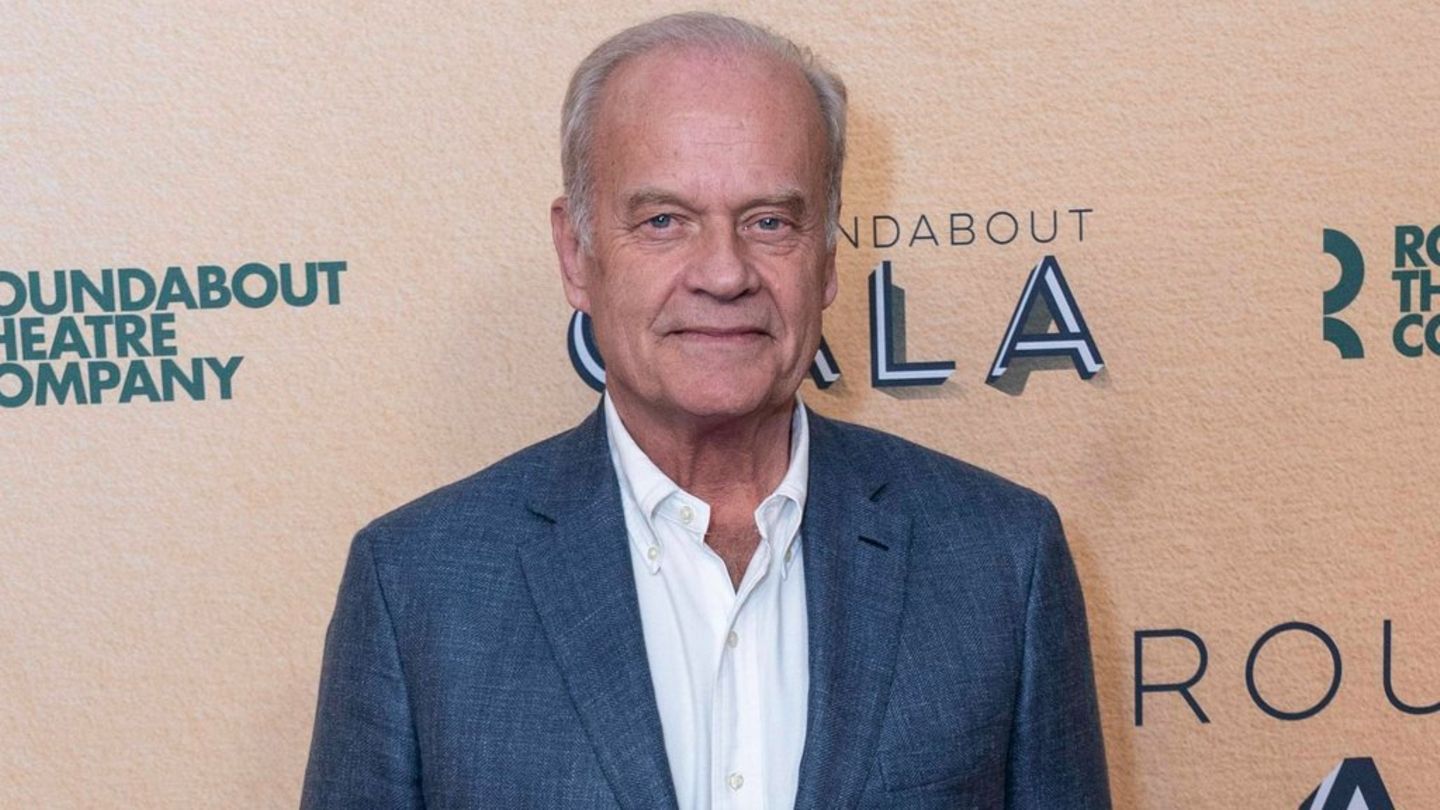In Buenos Aires dystopian of 2050, stamping for a mortal disease, a man uses all his resources to keep with his side the woman he loves, in “The previous worlds” (Economic Culture Fund), a novel where the award -winning writer and architect Gustavo Nielsen Aúna science fiction with romance, adventures, scientific theories and philosophical speculations. We dialogue with him.
Journalist: In twenty years the city of Buenos Aires will have a crack that separates an ancient and impoverished from a fantastic and advanced?
Gustavo Nielsen: The changes are dizzying. In 2050, dystopia is common to the entire city, Hantavirus reaches everyone. A sector of society lives in the advanced area, Villa Tesla, based on the theories of Nikolas Tesla, a hedonistic citadel where some wishes are orders and come true immediately. In that sense it is utopian. Tesla had socialist ideas, but Villa Tesla of 2050 is only available to the wealthiest, of a kind of aristocracy. And the utopia that is for few is a dystopia. In that sense, what is lived in that Buenos Aires is a progression of the crack.
Q.: Is it a romantic science fiction novel?
GN: It is a love story that begins in the future and takes place in the past, so it is science fiction. An inspiring source was Ray Bradbury’s story “The noise of thunder”, which deals with dinosaurs hunting. Time trips exist in physics, mathematics, philosophy since 1945. Scientists and philosophers in their recreos are dedicated to developing theories, improving them, discarding them, reviewing them. Many are based on Einstein’s theory of relativity, and quantum physics. I was interested in those who raised Stephen Hawking, and the paradox he found, and the one that later presented his disciple Carlo Ravelli. The protagonists of my novel by not being able to avoid the mortal disease that stinks the city seeks to escape its time through the travel agency “Morel, travel that cure” that moves to an era where that disease did not exist. They are trips for few that can be allowed when their life is exhausted in that Buenos Aires of 2053.
Q.: When Cancer had been defeated, something worse …
GN: That happens many times in human history. With the discovery of DNA and DNA touch -ups, human life has new goals. Longevity exceeds 110 years. And suddenly something arises that causes setback and those who arrive at 50 feel blessed. The inadmissible is present. War is in that a current example.
Q.: Why to travel to the past do the sick have to become another self?
Gn: An avatar, a representation. The idea of sending an avatar to the past is Hawking, so as not to suffer a “spaghettage”, a body lengthening that deformed until killing. The only way to travel would be through a different way from the human being. Then he ruled out going to the past by the paradoxes. If I travel to the past and kill my parents, I do not born. The paradox is: who killed my parents. The murderer has to return to the present where it no longer exists. For Ravelli, who resumed the idea of quantum, you can go to the past because the consequence is not before the event. That is why in “the previous worlds” a body that is dying but an avatar, a new body, of 30 years, with the knowledge and feelings of his whole life is not died to the past.
Q.: The history of a love broken by the disease served to offer, in addition, ethical and philosophical speculations?
Gn: I was writing the novel for six years. He came from writing “Dolli’s heart” about cloning. In both there are reflections and research on the meaning of life, love, ethics. When the idea of traveling to a previous world arises in history, to another reality, in a kind of exile, they naturally appear issues such as separation, family, loss, which cause us existential doubts.
Q.: Didn’t you consider that, together with the legendary of the hero in love, there is something religious in the idea of salvation?
GN: I am atheist, but when I started correcting the final version of the novel I realized that there was something religious in the place to which the mourning characters go. They pass from the condition to a kind of Eden. I began to rule out certain moments so that this did not happen. And also in some parts I was going through the branches, because the story more than once invited me. I maintain humor, irony, everything that I think leads us not to stop reading. Finally, I realized that when I write a novel there is always something that surpasses me, that enters the theme of the holistic, that I do not understand, but that I do not question.
Q.: Did you tell the love story that decide to keep two older people getting into an adventure that gets them out of time?
GN: At the beginning of the novel the protagonist notes in his “digital scarf”, the cell phone of multiple functions of the future, “kissing is the most beautiful way to stop time.” The phrase refers me to “The Kiss” that photo in which Robert Doisneu managed to register the eternalization of a kiss. When P. meets Nane, she asks for a kiss, and he postpones it because what her wife claims is a kiss that transmits the power of love.
Q.: Why is the trip to New York in 1919?
GN: Because there was Llewelly Park, a place where cancer does not exist, which was the Silicon Valley of that moment, the New York area where the technological brains of the time gathered: Edison, Houdini, Tesla, who also work in “The previous worlds.”
Q.: What are you writing now?
GN: Finishing a storybook.
Source: Ambito
I am an author and journalist who has worked in the entertainment industry for over a decade. I currently work as a news editor at a major news website, and my focus is on covering the latest trends in entertainment. I also write occasional pieces for other outlets, and have authored two books about the entertainment industry.




